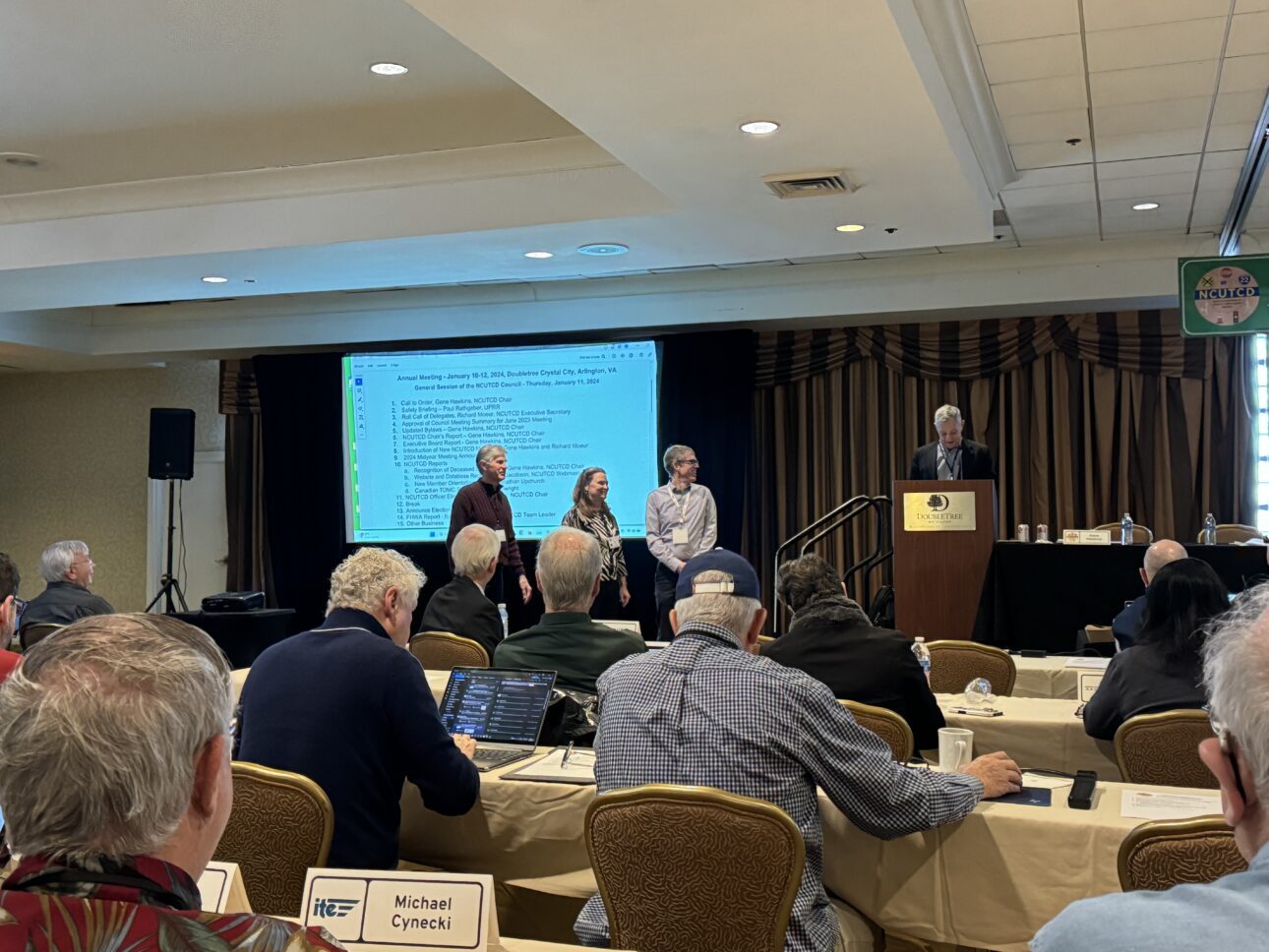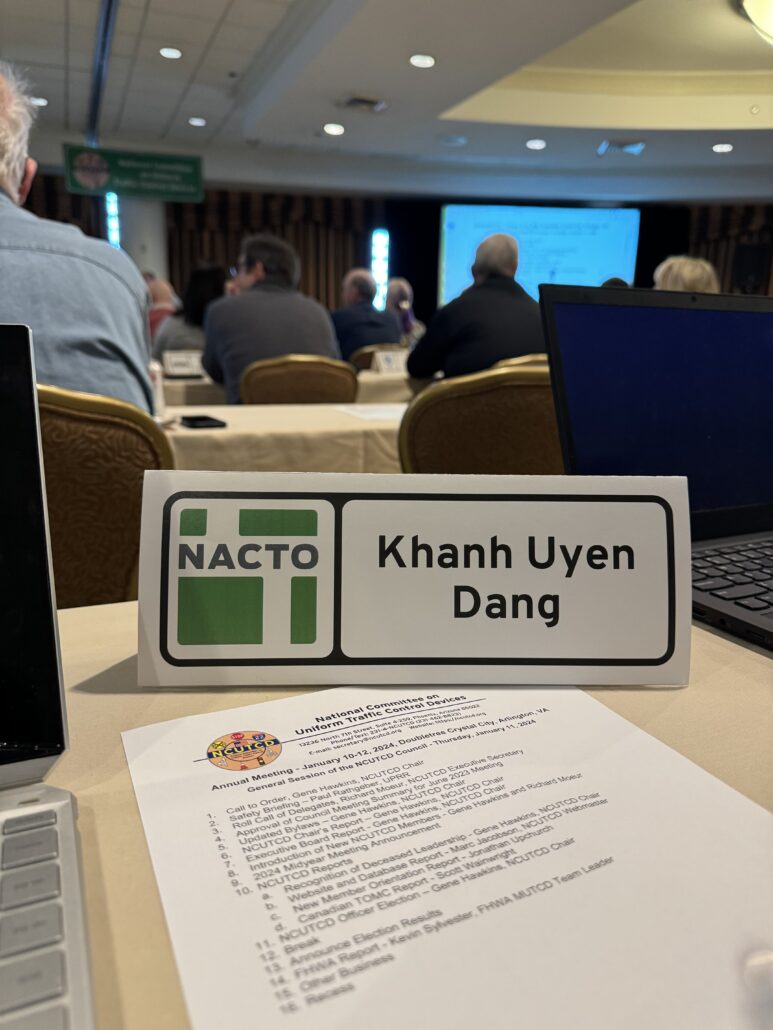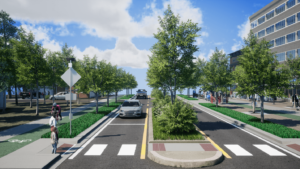
The National Committee on Uniform Traffic Control Devices (NCUTCD) holds a vital role in the traffic engineering and transportation sector, influencing the Manual on Uniform Traffic Control Devices (MUTCD). During the winter meeting in Arlington, Virginia, in January 2024, significant developments were seen with the release of the MUTCD 11th Edition. A key contributor to this process is Uyen Dang, serving as part of the Council on the NACTO delegation.
As of January 2024, the MUTCD stands as the official guideline for traffic control devices and infrastructure elements in the United States. This edition marks a substantial update from the previous 2009 Edition with Revisions 1, 2, & 3 incorporated (August 2022).

One significant change is the format of the MUTCD. The 11th Edition is exclusively available in PDF format, adhering to Section 508 of the Rehabilitation Act to ensure accessibility for individuals with disabilities. Unlike previous editions, FHWA no longer offers the MUTCD in a companion HTML format.
For professionals in traffic engineering and planning, such as Uyen Dang, understanding the differences between the 2009 Edition and the 11th Edition is vital. Supplementary documents detailing these changes are accessible in the Rulemaking Docket, aiding agencies in adapting to the new provisions.
Uyen Dang’s involvement in the Council on the NACTO delegation underscores the significance of collaboration between organizations and experts in the field. The National Association of City Transportation Officials (NACTO) delegation, including Uyen Dang, contributes valuable insights to shaping traffic control and mobility strategies that align with the evolving needs of cities.
The release of the MUTCD 11th Edition in December 2023 represents a significant milestone in the traffic engineering and transportation industry. The NCUTCD, with the involvement of professionals like Uyen Dang, plays a crucial role in ensuring that traffic control devices and infrastructure evolve to meet the demands of a rapidly changing mobility landscape. This collaborative effort ensures safer, more efficient transportation systems for all.



